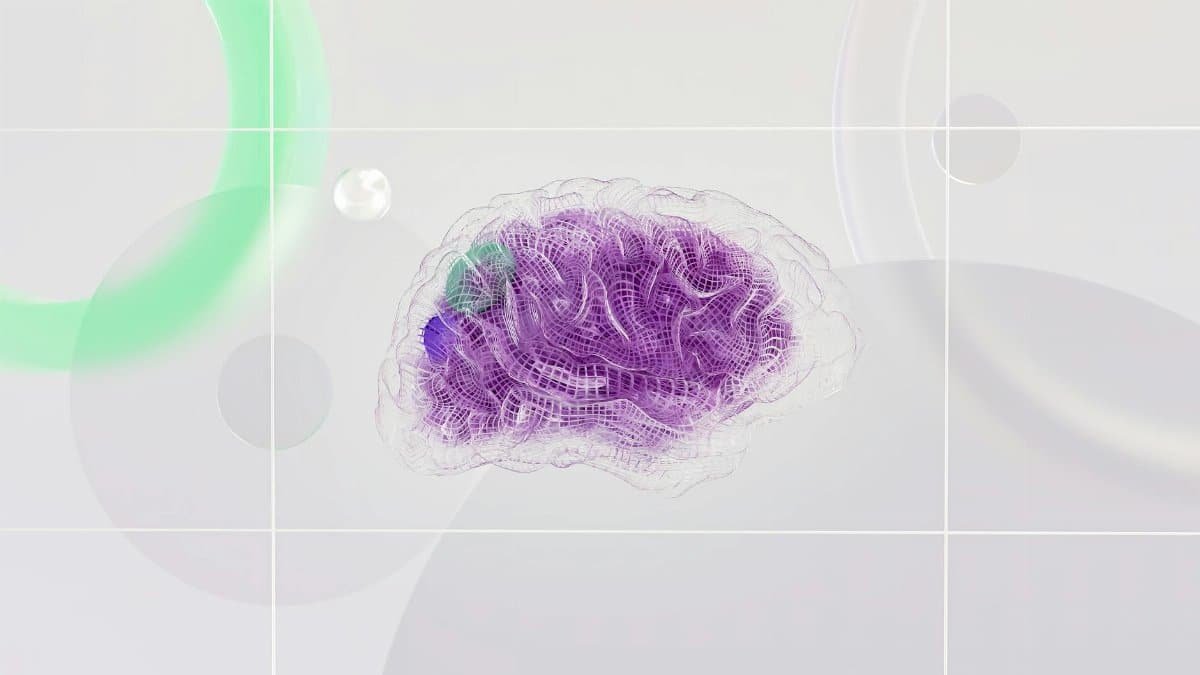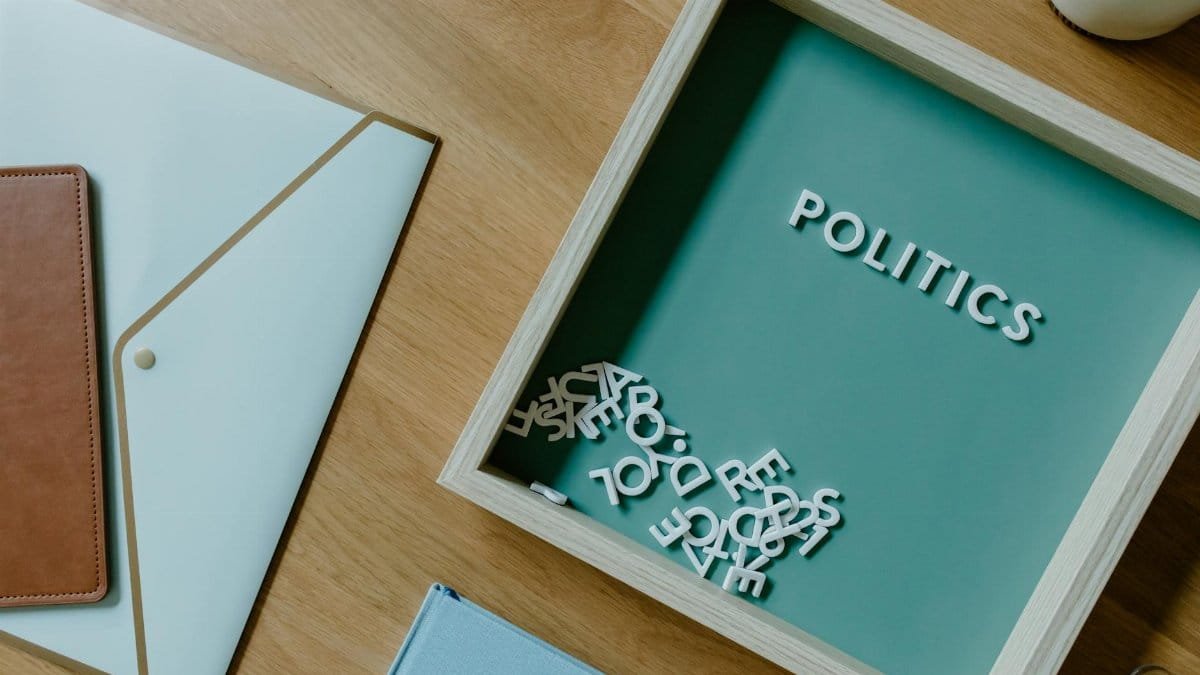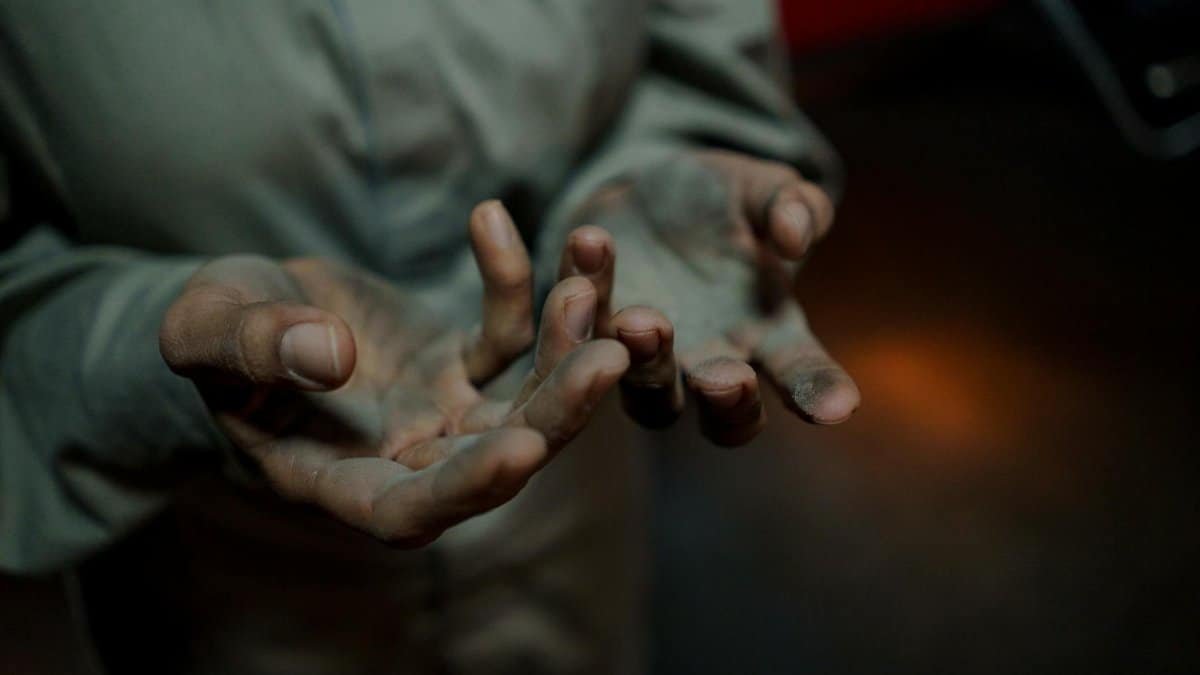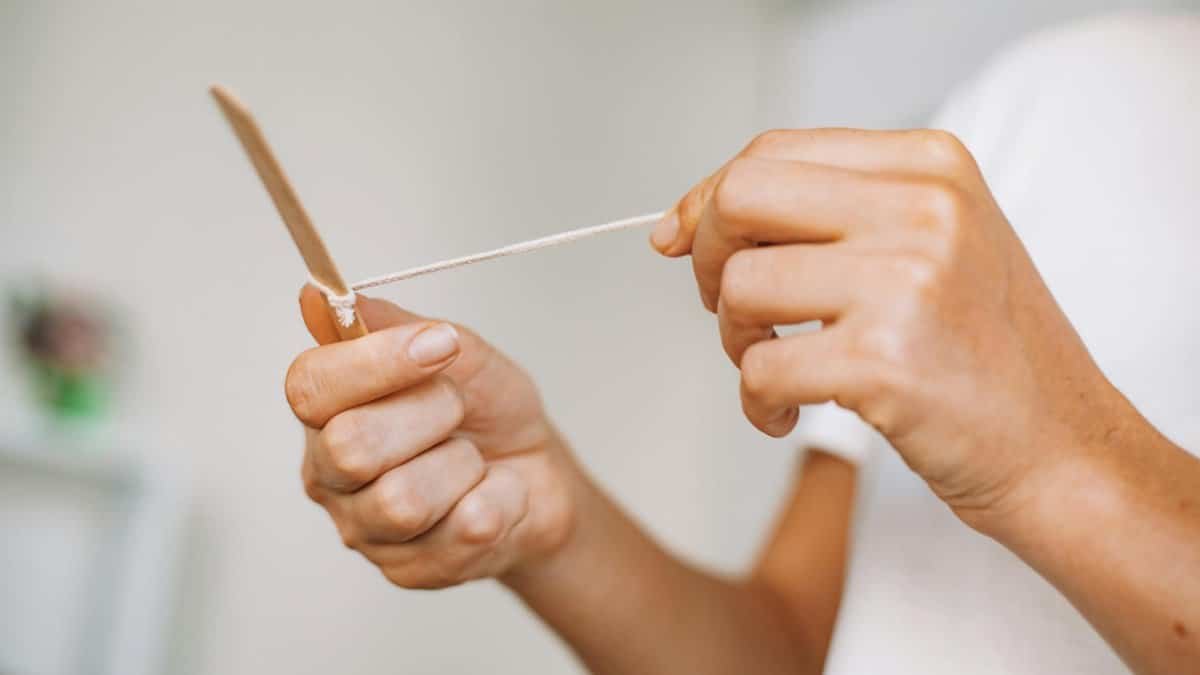Imagine a tense moment—your inbox is overflowing, deadlines loom, and a critical choice awaits. In that chaos, something as simple as breathing differently might shift everything. What if the way we inhale and exhale could cut through decision fatigue, that mental fog clouding our judgment? This is where breath ratio decisions come into play. Across the U.S., from corporate boardrooms to quiet home offices, people are turning to structured breathing patterns like 4-7-8 or box breathing to regain clarity. It’s not just wellness hype; it’s a practical tool. As stress levels climb in 2025, with many Americans juggling hybrid work and personal pressures, finding quick, effective ways to reset the mind feels more urgent than ever. This isn’t about deep meditation retreats. It’s about accessible, science-backed methods to make sharper calls when it counts.
The Science Behind Breath and Brain

Breathing isn’t just about oxygen. It’s a direct line to calming the nervous system. When stress spikes, the body’s fight-or-flight response kicks in, flooding us with cortisol and narrowing focus. Controlled breath ratio decisions—like inhaling for four seconds, holding for seven, and exhaling for eight—can flip that switch. Studies show this pattern slows heart rate and lowers blood pressure, signaling the brain to relax. Research from the National Institutes of Health highlights how slow, deliberate breathing activates the parasympathetic nervous system, reducing anxiety almost instantly. It’s not magic; it’s physiology. For someone facing a barrage of choices—say, a manager deciding layoffs or a parent navigating school options—this reset can mean the difference between a rash move and a measured one.
But it’s not just about calm. Breathing patterns also boost cognitive function. A 2018 study linked in the Frontiers in Immunology journal found that rhythmic breathing enhances focus by syncing brain waves. Picture a chess player mid-game, using breath to sharpen strategy. That’s the potential here.
4-7-8: The Go-To for Quick Calm

Among breath ratio decisions, the 4-7-8 method stands out for its simplicity. Inhale through the nose for four seconds, hold for seven, exhale through the mouth for eight. Repeat four times. Developed by Dr. Andrew Weil, it’s rooted in ancient pranayama practices but tailored for modern stress. The extended exhale mimics the body’s natural relaxation response, as noted in resources from the Harvard Medical School. It’s ideal for moments of acute decision fatigue—like when you’re staring at a spreadsheet, unable to pick a path.
One woman, a freelance designer from Chicago, described her experience vividly. “I had three client pitches to choose between, and my head was spinning. Four cycles of 4-7-8, and I could finally think.” Her story echoes a common sentiment: this technique doesn’t just soothe; it clears mental clutter fast.
Box Breathing: Structure for High Stakes

Then there’s box breathing, a method favored by Navy SEALs for high-pressure situations. Inhale for four, hold for four, exhale for four, hold for four. Repeat. It’s less about relaxation and more about control. According to a summary by the Cleveland Clinic, this pattern balances oxygen and carbon dioxide levels, stabilizing emotions during intense moments. Think of a first responder deciding triage priorities or a CEO facing a crisis call. Box breathing offers a mental anchor.
Unlike 4-7-8, it’s not meant to sedate but to center. Users often report feeling “locked in,” ready to tackle complex choices without hesitation. It’s a reminder that not all breath ratio decisions aim for calm—some build resilience instead.
Why Decision Fatigue Hits Hard

Decision fatigue isn’t just being tired. It’s the gradual erosion of willpower after too many choices. Psychologists describe it as a finite resource—each small decision, from picking lunch to answering emails, chips away at your capacity for bigger ones. By day’s end, you’re more likely to snap or procrastinate. For many Americans in 2025, hybrid schedules and constant notifications amplify this. The brain craves a break, but work doesn’t stop.
Here’s where breath ratio decisions shine. They’re a low-effort reset. Unlike stepping away for coffee or scrolling social media, breathing takes mere minutes and requires no tools. It’s a pause that rebuilds mental stamina, letting you return to decisions with fresh eyes.
Matching Breath to Context

Not every breathing pattern fits every scenario. A harried morning before a presentation might call for 4-7-8 to ease jittery nerves. But in a heated negotiation, box breathing’s steady rhythm could keep emotions in check. The key is intentionality—choosing a breath ratio based on the mental state you need. Experts suggest experimenting with both during low-stakes moments to build familiarity. Start with 4-7-8 at bedtime, for instance, then try box breathing during a work break.
This customization matters. Online discussions often reveal frustration when people expect one-size-fits-all results. One anonymous account shared, “I tried box breathing during a panic attack, and it made me dizzy. Switched to 4-7-8, and it clicked.” Context is everything; breath isn’t a blunt tool but a nuanced one.
Barriers to Making It Stick

Adopting breath ratio decisions isn’t always seamless. Skepticism is common—some dismiss it as “woo-woo” until they’re desperate. Others struggle with consistency. Sitting still for even two minutes feels impossible when your phone buzzes nonstop. Physical discomfort, like shallow breathing habits or nasal congestion, can also derail early attempts. It’s not unusual to feel self-conscious, especially in public settings like an open-plan office.
Yet small tweaks help. Pair breathing with an existing habit, like after brushing your teeth. Use a quiet cue—a subtle phone alarm or a sticky note—to prompt practice. Over time, the awkwardness fades. The goal isn’t perfection; it’s progress. Even 30 seconds of focused breath can shift your headspace before a tough call.
Cultural Shifts and Growing Appeal

Breathwork isn’t fringe anymore. Once tied to yoga studios, it’s now in corporate wellness programs and school curriculums. Apps and wearable tech track breathing patterns, nudging users to pause. In cities like San Francisco and New York, “breath breaks” are becoming as normalized as coffee runs. This mainstreaming reflects a broader hunger for accessible mental health tools, especially as therapy costs soar and waitlists grow.
Still, there’s a divide. Some embrace breath ratio decisions as empowerment; others see it as a Band-Aid for systemic burnout. Both perspectives hold truth. Breathing won’t fix overwork, but it can offer a foothold when larger change feels out of reach. As one tech worker put it, “It’s not a cure, but it’s my five-minute rebellion against the grind.”
Long-Term Impact on Clarity

Beyond immediate relief, consistent breath practice reshapes how we approach decisions. It builds a habit of pausing before reacting—a skill eroding in our instant-response culture. Over weeks, users often notice less impulsivity. Choices feel less draining because the mind isn’t constantly racing. It’s not about eliminating stress but managing its weight.
Consider a small business owner picking suppliers under tight deadlines. After months of breathwork, they might find themselves stepping back, breathing, then deciding with confidence rather than dread. This cumulative effect turns a quick fix into a lasting tool. Breath ratio decisions, at their core, teach patience—a rare commodity in 2025’s relentless pace.
